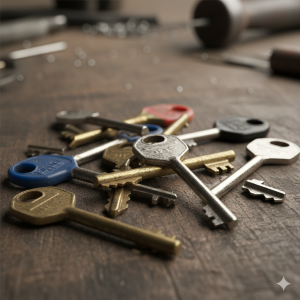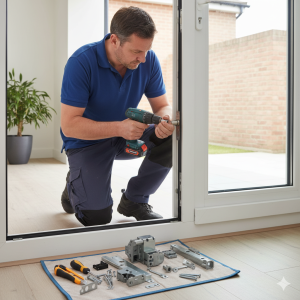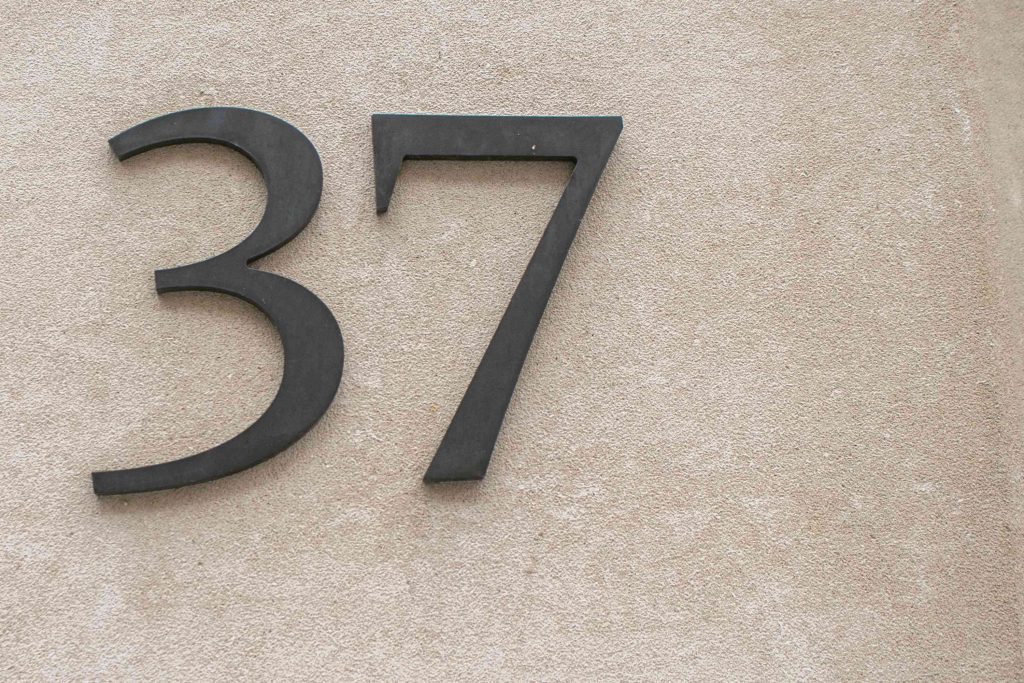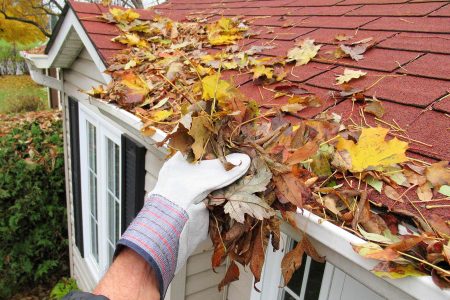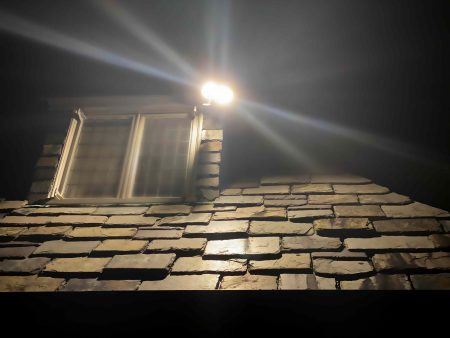Hanging things (such as outdoor string lights, holiday decor, or a house number sign) on stucco walls often results in frustration or, worse, damage to your home. While there are plenty of products on the market that claim they are right for the job—some even boasting an ability to hang on any surface—it can be hard to know what will actually do the trick. Before you resort to drilling holes in your beautiful stucco, consider alternative stucco mounting solutions.
What Is Stucco?
Stucco is a finishing material consisting of sand, Portland cement, lime, and water. The mixture is applied wet and left to harden, forming a rock-hard surface. It is a common material for house exterior finishes.
Codes and Regulations
If your neighborhood has an HOA or similar association, there may be regulations in place that restrict what can be displayed on your home. Before wasting time and money, first, consult with these authorities to get the go-ahead.
When to Hang Things on Stucco
It probably goes without saying that adhesives perform best on dry surfaces, so be sure to plan your project for a dry day. Additionally, most adhesives tend to form a better bond on warm surfaces. For this reason, it may be best to let the surface warm up in the sun and avoid installing adhesives on cooler days.
What You’ll Need
Equipment / Tools
Mounting Tape Method
- Stiff brush
- Rag
Anchor and Screw Method
- Caulk gun
- Masonry bit
- Drill
- Screwdriver bit
- Hammer
Materials
Mounting Tape Method
- Outdoor adhesive-backed hooks
- Rubbing alcohol
- Dish soap
- Water
Anchor and Screw Method
- Silicone caulk
- Plastic anchors
- Corrosion-resistant screws or hooks
Instructions
How to Hang Things on Stucco With Adhesive Hooks
The process for hanging things on stucco walls may differ depending on what you are hanging. For this example, we will explain how to install outdoor adhesive-backed hooks for mounting string lights, but these steps can be slightly adjusted to better suit your needs.
-
Choose Your Hooks
Before you choose just any adhesive-backed hooks from the store, take the time to see which ones will best serve your purposes. The hooks need to be rated for outdoor use and be able to adhere to surfaces like concrete, brick, and stucco. Furthermore, the hooks need to support the weight of whatever you choose to hang on them. While string lights will be supported across multiple hooks, be sure to avoid purchasing a hook that is too flimsy.
-
Clean the Surface
In order to form a strong bond with adhesive, the surface must first be thoroughly cleaned. Remove any loose dust and debris with a stiff brush, then follow up by scrubbing with a solution of degreasing dish soap and water. Rinse off with water.
If you find any holes in the stucco while you’re cleaning it, seal them with exterior-grade silicone caulk to prevent water from getting behind the stucco exterior.
How to Clean Stucco -
Rub Surface With Alcohol
Once the area has dried, wipe it down with rubbing alcohol. The alcohol will remove any remaining grease, giving the adhesive the best bonding potential. Allow the area to fully dry before moving forward.
-
Install Hooks
For best results, follow the manufacturer’s provided instructions for installing your adhesive-backed hooks. To increase the likelihood of a strong bond, firmly hold the adhesive against the stucco for 10 to 20 seconds before letting go, and only attempt to install them once the surface is completely dry.
-
Hang Lights
Once the adhesive-backed hooks have had ample time to adhere, you can begin hanging your string lights. Always check the manufacturer’s provided instructions for adhesive set times before stressing joints.
Adhesive Hook Tips
The key to good adhesion when installing adhesive hooks on any surface is proper preparation. Any dust, debris, grease, and grime that is left on the surface will prevent the adhesive from bonding. Even a slightly compromised bond can fail once the hook becomes load-bearing.
How to Screw Into Stucco
Heavier items may call for stronger hardware such as anchored screws and hooks for mounting, which will require you to drill through your stucco.
-
Drill a Hole
Using a masonry bit the same size as your anchor, carefully drill a hole into the stucco, just past the length of the anchor itself.
-
Fill the Hole With Caulk
Fill the hole with silicone caulk to help hold the anchor in place.
-
Install the Anchor
Slide the anchor into the hole until it’s flush with the wall. This may require a light tap with a hammer.
-
Drive the Screw
Drive the screw or hook into the anchor to your desired placement. To avoid stains on your wall, opt for corrosion-resistant screws.
Screwing Into Stucco Tips
With a proper masonry bit, screwing into stucco is easier than it might seem. However, drill too far and you could get into the sheathing. If your project requires a deeper hole, it may be best to swap out your masonry bit for a wood bit to get through the sheathing. Remember to take it slow and steady to ensure your stucco doesn’t crack.
When to Call a Professional
If you plan to mount items that are on the heavier side, it may be wise to seek the assistance of a professional that can ensure your home’s surface isn’t damaged as a result, and your item is properly secured to the stucco.
Additionally, refrain from drilling into a wall if you don’t know what’s inside. Plumbing, gas lines, and electrical components can easily be damaged, causing major issues and posing safety risks. If you’re unsure, it’s best to consult with a professional.
Read the full article here
